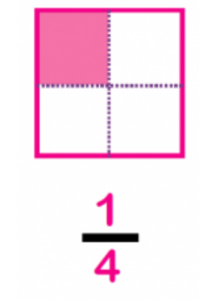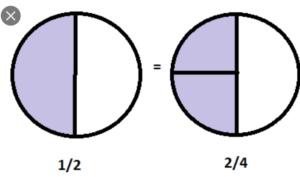Week beginning 31st January
[dropshadowbox align=”none” effect=”lifted-both” width=”auto” height=”” background_color=”#edbaba” border_width=”1″ border_color=”#ba27d8″ ]Homework is set on Google Classroom[/dropshadowbox]
Howard-parents-guide-to-Google-Classroom-
[dropshadowbox align=”none” effect=”lifted-both” width=”auto” height=”” background_color=”#dbf6f8″ border_width=”10″ border_color=”#ef1ccd” ]
Chinese New Year

Children are invited to wear somethng red on Tuesday 1st February to celebrate Chinese New Year.
[/dropshadowbox]
[dropshadowbox align=”none” effect=”lifted-both” width=”auto” height=”” background_color=”#dbf6f4″ border_width=”10″ border_color=”#868878″ ]
Our learning this week…
English
At Howard Primary School we have adopted Read Write Inc Phonics.
RWI is a method of learning centred round letter sounds and phonics, and we use it to aid children in their reading and writing. Read Write Inc., developed by Ruth Miskin, provides a structured and systematic approach to teaching literacy. It is used by more than a quarter of the UK’s primary schools and is designed to create fluent readers, confident speakers and willing writers.
Using RWI, the children learn to read effortlessly so that they can put all their energy into comprehending what they read. It also allows them to spell effortlessly so that they can put all their energy into composing what they write.
When using RWI to read the children will:
- Learn 44 sounds and the corresponding letter/letter groups using simple picture prompts
- Learn to read words using Fred Talk
- Read lively stories featuring words they have learnt to sound out
- Show that they comprehend the stories by answering questions.
Five key principles underpin the teaching in all Read Write Inc. sessions:
Purpose – know the purpose of every activity and share it with the children, so they know the one thing they should be thinking about
Participation – ensure every child participates throughout the lesson. Partnership work is fundamental to learning
Praise – ensure children are praised for effort and learning, not ability
Pace – teach at an effective pace and devote every moment to teaching and learning
Passion – be passionate about teaching so children can be engaged emotionally.
https://home.oxfordowl.co.uk/reading/reading-schemes-oxford-levels/read-write-inc-phonics-guide/
Hold a sentence is an activity that encourages children to remember a whole sentence while focusing on spelling and punctuation.
Build a sentence is to give children the opportunity to create their own sentence to that shows the meaning of a word and edit a sentence allows the children to critique a sentence using their knowledge of spelling punctuation and grammar. Children complete a longer piece of independent writing, which gives them the opportunity to show off their creativity and to practice their spelling, grammar and punctuation.
https://www.youtube.com/watch?v=bXOJUPNVnLc
https://www.youtube.com/watch?v=kjHqJQ8sxs4
[/dropshadowbox]
[dropshadowbox align=”none” effect=”lifted-both” width=”auto” height=”” background_color=”#dbf5f4″ border_width=”10″ border_color=”#868478″ ]
Power of Reading
English
At Howard Primary School we have adopted The Power of Reading scheme for literacy. Our literacy work is based around a core text. The text we are working on is called Rapunzel by Bethan Woollvin.
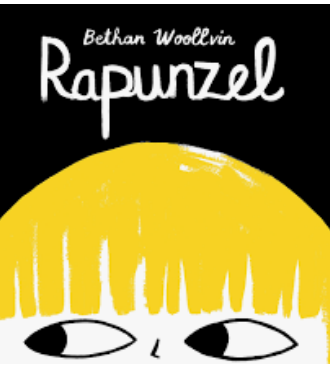
Other books by Bethan Woollvin include:
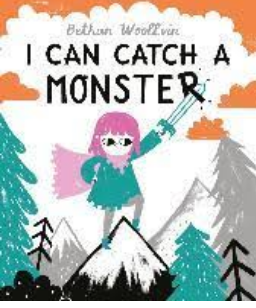
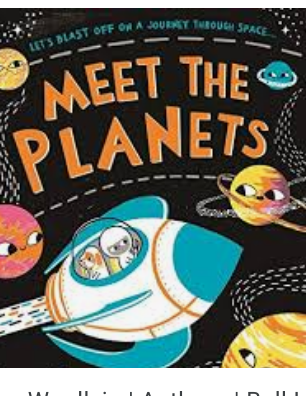
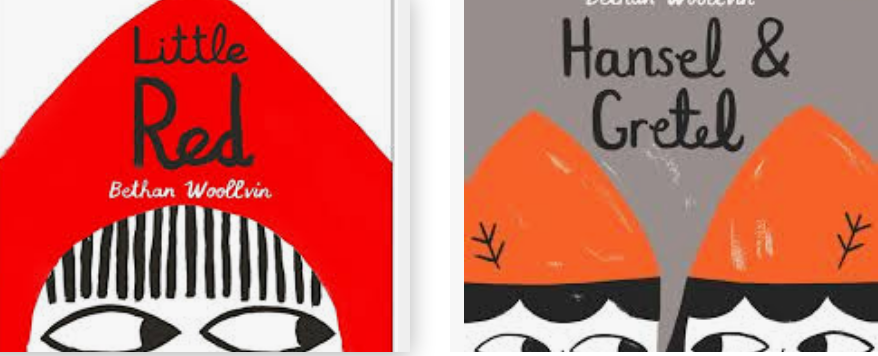
This week we will:
- Plan our own version of a fairy tale with an alternative ending
- Write our own version of a fairy tale with an alternative ending
Children should include features of Year 2 writing.
- write simple coherent narratives about personal experiences and those of others (real of fiction)
- write about real events, recording these simply and clearly
- demarcate most sentences in their writing with capital letters and full stops, and use question marks correctly when required
- use present and past tense correctly and consistently
- use co-ordination (e.g. or/ and/ but ) and some subordination (e.g. when/if/that/because) to join clauses
- segment spoken words into phonemes and represent these by graphemes, spelling many of the words correctly and making phonically-plausible attempts at others
- spell many common exception words
- form capital letters and digits of the correct size, orientation and relationship to one another and to lower-case letters
- use spacing between words that reflects the size of the letters
Children will work on showing the change in their character.
[/dropshadowbox]
[dropshadowbox align=”none” effect=”lifted-both” width=”auto” height=”” background_color=”#dbf6f4″ border_width=”10″ border_color=”#863878″ ]
Maths – Fractions
- To understand unit fractions
- To understand non-unit fractions
- To understand equivalence of ½ and 2/4
- To find 3 quarters of an amount
– To understand unit fractions
A unit fraction is a fraction where the numerator (top number) is 1 and the denominator (bottom number) is a while number. The fractions below are unit fraction because the numerator is 1 and the denominator is a whole number.
– To understand non unit fractions
A non–unit fraction is a fraction where the numerator (the number on the top half of the fraction) is greater than 1.

These are examples of non-unit fractions because the numerator is greater than 1.
– To understand equivalence of ½ and 2/4
When two fractions are equivalent, this means they are the same in terms of shape and size, but are expressed using different numbers.
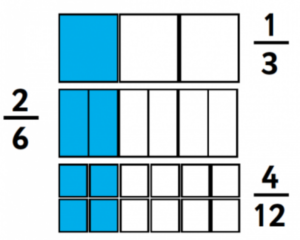
We will explore the relationship between 1/2 and 2/4. They are the same size but expressed in a different way.
-To find ¾s of an amount
This is a non unit fraction because the numerator is greater than 1.
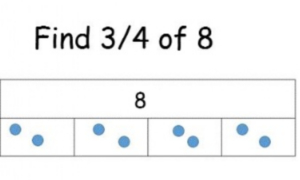
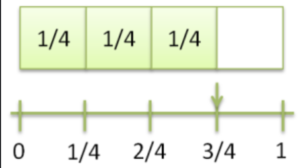
[/dropshadowbox]
[dropshadowbox align=”none” effect=”lifted-both” width=”auto” height=”” background_color=”#dbf6f4″ border_width=”10″ border_color=”#608638″ ]
Science
Our topic this term is living things and their habitat.
We will continue to study animal adaptation.
[/dropshadowbox]
[dropshadowbox align=”none” effect=”lifted-both” width=”auto” height=”” background_color=”#dbf6f4″ border_width=”10″ border_color=”#ef1dcd” ]
PE
Please remember to send your child to school in their PE kit on their PE days.
Westminster – Monday & Thursday
Hungerford – Monday & Thursday
[/dropshadowbox]
[dropshadowbox align=”none” effect=”lifted-both” width=”auto” height=”” background_color=”#dbf6f4″ border_width=”10″ border_color=”#ef1dcd” ]
RE
We will focus on Judaism.
https://www.bbc.co.uk/bitesize/clips/zd9jxnb
[/dropshadowbox]
[dropshadowbox align=”none” effect=”lifted-both” width=”auto” height=”” background_color=”#dbf6f4″ border_width=”10″ border_color=”#ef1dcd” ]
Computing – introduction to animation
This unit introduces The children to on-screen programming through ScratchJr. The children will explore the way a project looks by investigating sprites and backgrounds. They will use programming blocks to use, modify, and create programs. The children will also be introduced to the early stages of program design through the introduction of algorithms.
- Compare tools
- Join blocks
- Make changes
- Add sprites
- Design a project and follow their design
[/dropshadowbox]
[dropshadowbox align=”none” effect=”lifted-both” width=”auto” height=”” background_color=”#dbf6f4″ border_width=”10″ border_color=”#3f9c33″ ]
RHE – Relationship and Health Education
Jigsaw has two aims for all children:
- To build their capacity for learning
- To equip them for life
Jigsaw brings together PSHE Education, emotional literacy, mindfulness, social skills and spiritual development. The topic this term is ‘Dreams and Goals.’

[/dropshadowbox]
[dropshadowbox align=”none” effect=”lifted-both” width=”auto” height=”” background_color=”#dbf6f4″ border_width=”10″ border_color=”#e21320″ ]
Reading
When reading with your child at home ask them questions related to their book.
Questions to ask before you read
- Can you look at the pictures and predict what you think will happen in this book?
- What makes you think that?
- What characters do you think might be in our story?
- Do you think there will be a problem in this story? Why or why not?
- Does the topic/story relate to you or your family? How?
Questions to ask during the reading
- What do you think will happen next?
- What can you tell me about the story so far?
- Can you predict how the story will end?
- Why do you think the character did _______?
- What would you have done if you were the character?
- How would you have felt if you were the character? (use different characters)
- As I read____________, it made me picture________ in my head. What pictures do you see in your head?
- As you read, what are you wondering about?
- Can you put what you’ve just read in your own words?
Questions to ask after reading
- Can you remember the title?
- In your opinion, was it a good title for this book? Why or why not?
- Were your predictions about the story correct?
- If there was a problem, did it get solved?
- What happened because of the problem?
- Why do you think the author wrote this book?
- What is the most important point the author is trying to make in his writing?
- What was your favourite part of the story?
- If you could change one thing in the story, what would it be?
- Can you retell the story in order?
- If you were __________, how would you have felt?
- What is the most interesting situation in the story?
- Is there a character in the story like you? How are you alike?
Why did you like this book?
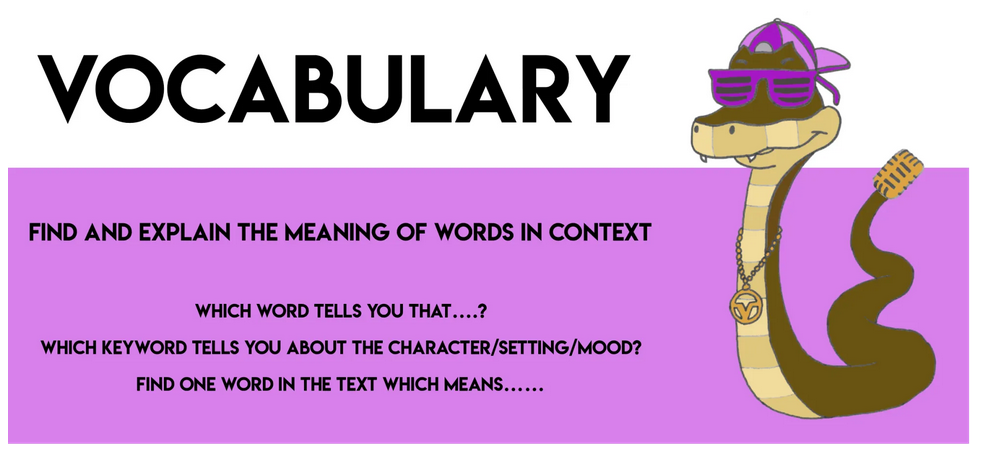
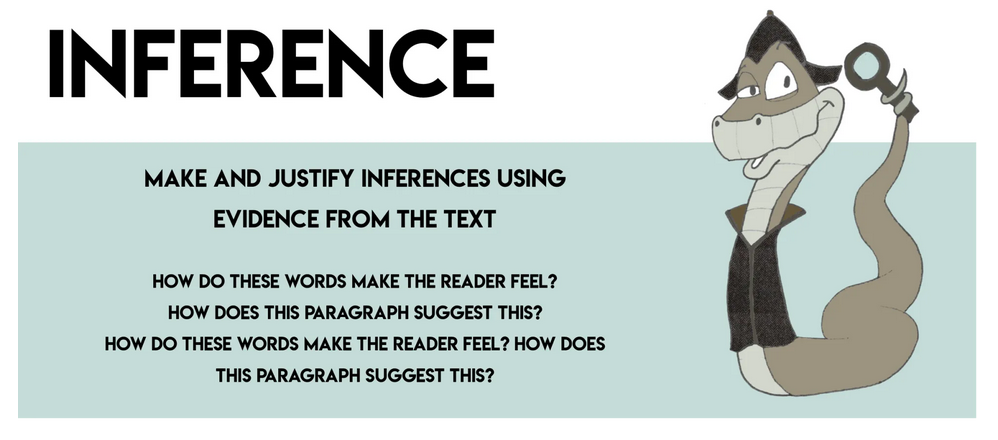
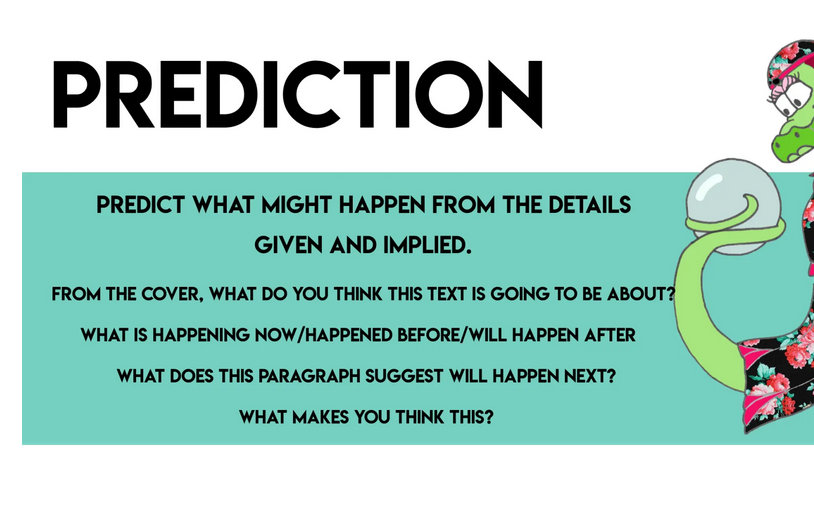
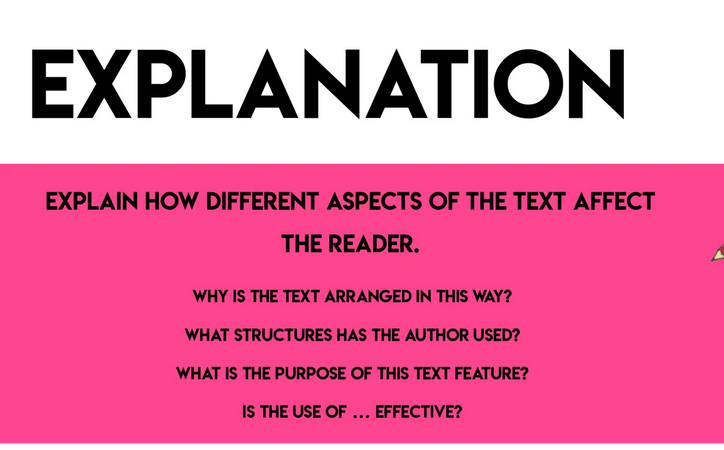
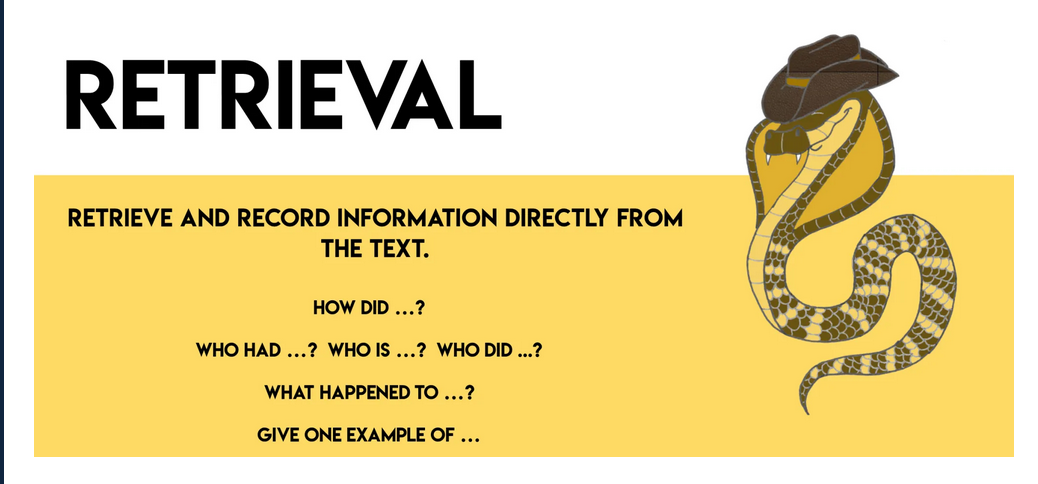
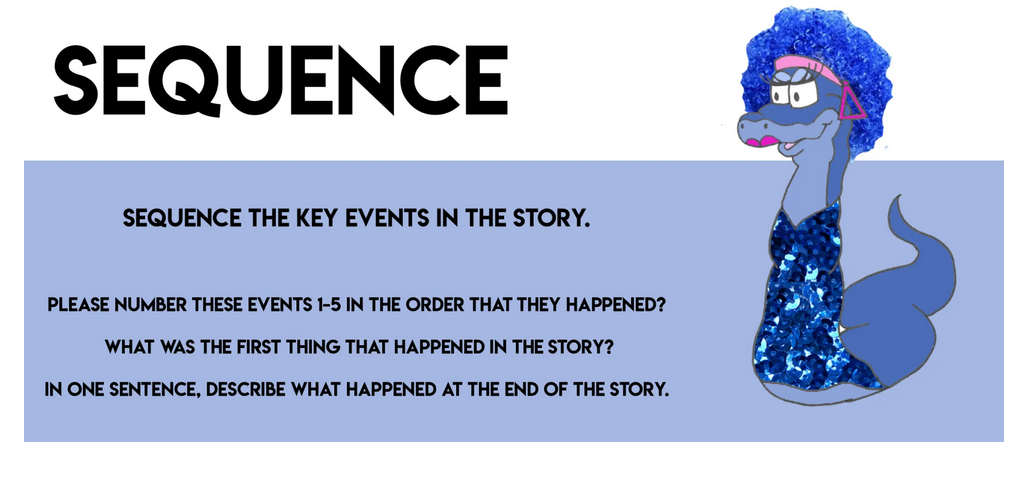
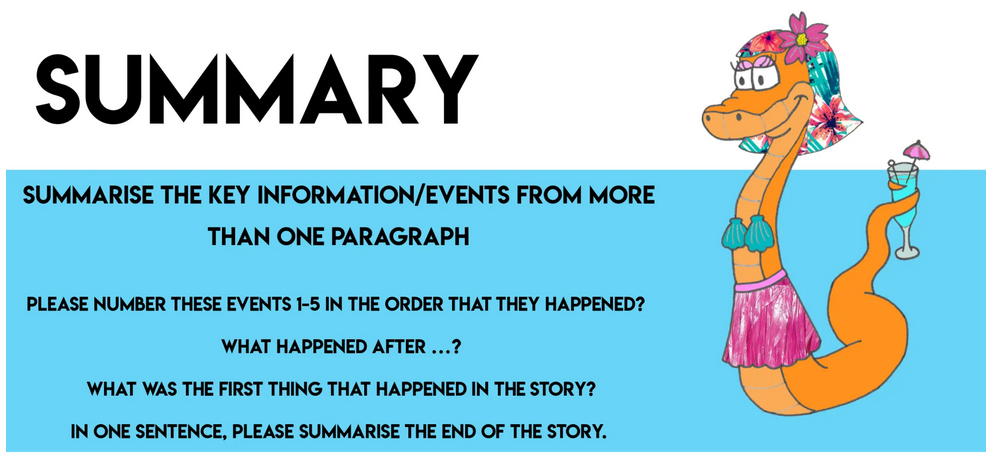
[/dropshadowbox]
[dropshadowbox align=”none” effect=”lifted-both” width=”auto” height=”” background_color=”#dbf6f4″ border_width=”10″ border_color=”#863878″ ]
Mathletics
A big well done to all the children completing their Mathletics. We are so proud. Please continue to complete your activities on Mathletics.
[/dropshadowbox]
[dropshadowbox align=”none” effect=”lifted-both” width=”auto” height=”” background_color=”#dbf6f4″ border_width=”10″ border_color=”#868878″ ]
Star of the week

Hungerford
Umaira – for being a great friend to her peers.
Milena – for always tring her best to present her work in a neat manner. She is also able to work well in a team.
Westminster
Lily-Rose – for participating during our discussions about habitats and developing a positive attitude towards her learning.
Subhikshashree – for growing in confidence and having a can do attutiude towards her learning.
Joni – for participating during our discussions during RE and using the correct vocabularly whilst learning about Judaism.
Freddie – for using mathamtical vocabulary confidently whilst completing reasoning and problem solving activities.
[/dropshadowbox]


